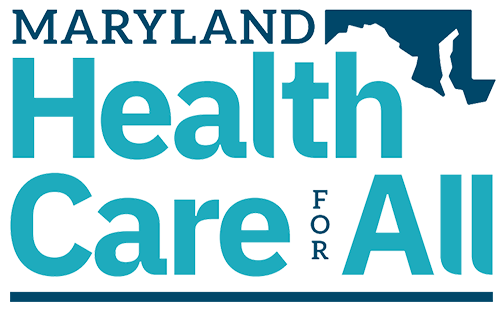The Baltimore Sun
November 10, 2014
Noam Levey and Meredith Cohn
WASHINGTON — The Obama administration has substantially cut estimates of the number of people who will sign up for insurance coverage in 2015 through the federal health law, projecting that millions fewer consumers will use marketplaces created by the Affordable Care Act.
The Department of Health and Human Services had predicted 13 million people, including Marylanders, would get coverage from the marketplaces through next year. On Monday the agency revised that figure to fewer than 10 million.
Maryland officials have not released projections for enrollment in health plans but sounded upbeat about the launch of a newly revamped exchange portal that consumers began browsing this weekend. The previous website crashed on the first day and was plagued by technical glitches for months.
“The traffic on the new and improved MarylandHealthConnection.gov website has been strong. We encourage everyone to check it out,” said Carolyn Quattrocki, executive director of the Maryland health exchange. “Marylanders are now shopping for affordable and quality health coverage in Maryland for 2015.”
The Maryland marketplace and others around the country are scheduled to reopen for a second enrollment period Saturday. Obama administration officials said the downward adjustment for national enrollment reflects a more realistic assessment of how quickly a new program like the marketplaces can ramp up.
“We are confident we’re going to have a successful open enrollment,” Health and Human Services Secretary Sylvia Mathews Burwell said Monday.
Thousands visited Maryland’s new exchange website beginning Sunday. The state officially made the site available for browsing only, and about 14,500 logged on with no problems. About 9,000 actually took a look at plans, officials said.
The state signed up about 81,000 people in private plans during the inaugural enrollment period that began in October 2013. The state exceeded its overall goal for increasing the ranks of the insured when 377,000 enrolled in its expanded Medicaid program.
Nationally, about 7.1 million people currently have health plans through the marketplaces. Americans who don’t get health benefits at work can shop among plans on the marketplaces. Consumers making less than four times the federal poverty level — or about $94,000 for a family of four — qualify for subsidies.
Everyone who enrolled in health plans through the Maryland exchange will have to re-enroll to keep their federal subsidies, or about 80 percent of those who signed up. Officials also hope to reach more of the uninsured who did not go to the exchange last year.
Health care advocates say a smooth website launch this time, compared with the previous rocky rollout, will help attract people to the exchange. “I was trying to break the site,” said Matthew Celentano, deputy director of the Maryland Citizens’ Health Initiative. “Inevitably there will be bugs, but they’ve made something complicated user-friendly, or as user-friendly as health insurance can be. It’s the way it was supposed to work last year.”
Vincent DeMarco, president of the group, said he’s not surprised federal officials have scaled back their expectations for enrollment in such a large and complex program. “It’s going to take time to reach people who have not been insured in years or ever, especially since many heard the websites didn’t work well last year,” DeMarco said.
But he also cited estimates that the nation’s uninsured rate has already dropped from 20 percent to 15 percent. Surveys suggest that about 8 million to 10 million uninsured people have gained coverage this year since the marketplaces opened and Medicaid was expanded in many states under the law. Some 30 million people remain uninsured.
Dr. Peter Beilenson, founder of Evergreen Health Cooperative, one of five insurers on the exchange, cited surveys that show most people lacking coverage don’t know open enrollment begins this week. He said officials will need to step up advertising if they want to capture a larger share of the uninsured this time.
He also noted that the federal law calls for ramped-up penalties for those lacking insurance, from $95 or 1 percent of income, whichever is greater, to $325 or 2 percent of income in 2015. Many people who qualify for subsidies could pay less for insurance than they would pay in penalties.
Evergreen and other insurers lowered their rates for 2015, though the dominant carrier CareFirst BlueCross BlueShield raised rates. That should prompt consumers to shop around, Beilenson said. “We’ll see how many join in the first two or three weeks,” Beilenson said. “The big issue is people are cynical, and if they have a bad taste in their mouth or don’t know it was open enrollment in the first place, it could be a problem.”
Total enrollment in the marketplaces has been watched closely because sustained growth is considered vital to reducing the number of uninsured and keeping premiums in check by getting healthier Americans into the market. The Obama administration’s lowered expectations drew critics.
“The administration is again trying to rewrite its definition of success,” said Republican Rep. Marsha Blackburn of Tennessee. But by most measures, the marketplaces’ first year has been a success, with enrollment surpassing the Congressional Budget Office’s 2014 estimate of 6 million.
Also, more insurers plan to offer plans for 2015. The marketplaces beat the estimate even though close to 1 million people who signed up for health plans this year dropped coverage because they didn’t pay, found coverage elsewhere or were deemed ineligible.
On Monday, administration officials said they had completed the process of terminating coverage for customers with unresolved immigration issues, which resulted in about 112,000 people losing their plans in the federally run marketplace.
The nonpartisan Congressional Budget Office, which policymakers rely on to assess the effect of legislation, projected 24 million would enroll in 2016, and 25 million every year thereafter. The swift ramp-up in enrollment has long made supporters of the law anxious.
The second enrollment period is only three months, half as long as the first. And Burwell acknowledged Monday that reaching a new group of uninsured will be more difficult because they sat out the first year. But administration officials said the lower enrollment estimate also takes into account new research that shows more Americans are remaining in employer-provided coverage and more consumers are purchasing health plans directly from insurers, rather than using the marketplaces.
Last modified: November 13, 2014

